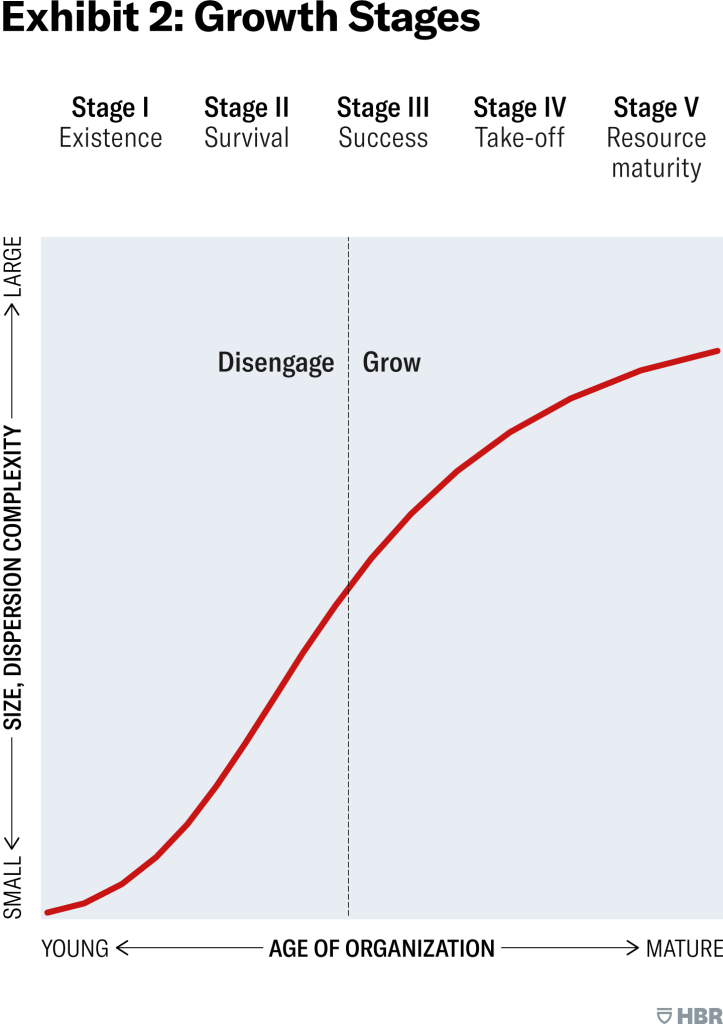
Scaling and starting a successful startup is no less than walking on an uphill. It needs a clear plan, a focus on execution, and the ability to change according to circumstances.
As a business owner, you cannot do it alone. You need to hire the right people with important expertise and skills to assist you. Investing in your team is necessary for the growth of any startup. Recognizing your team members who share your vision is important for success. Hire the right people having the right skills and make sure they are trained with the essential resources to succeed. These resources also include access to professional development opportunities, the latest technology, and help from experienced professionals in the field.
Establishing your business does not happen overnight. But it does not have to be an overwhelming task either. It may need dedication and hard work, but by taking advantage of proven techniques, the procedure will become smoother and faster. In this blog, we have mentioned some tips and tricks that you can practice for a startup. There’s no secret way to the success of a startup, but by practicing the strategies you can boost your growth with efforts that will surely bring results.
Let’s begin.
What Is a Business Growth Strategy?
A startup business growth strategy simply includes the actions and methods used to improve a business from one stage to another.
The business growth concept holds different interpretations. For some, it includes a boost in revenue and sales, while some consider it as the development of additional expansion and location in the new market. No matter what is your definition of growth a good business plan should be made:
- By conducting detailed market research
- Factors like business structure, the services, and the products you offer.
- Your target audience must be considered.
- Highlights both long-term and short-term goals for business growth at various stages.
- Make a proper timeline for specifying business growth strategies.
- Measure progress for crucial consideration and each phase.
Stages of Small Business Growth

Many well-known companies in the world started as small enterprises. Their expansion was not overnight they went through slow development, changing from one stage to another. Most of the businesses go through five unique stages of growth. Each stage presents its distinctive sets of challenges and opportunities. Below, we have listed the stages for the growth of small business:
Stage No: 1 Business Development
During this phase, detailed research is conducted to determine whether your business is robust or not to appeal to customers. For this purpose, it is necessary to have a proper business plan composed. You can ask any professional writer for startup business plan Writing.
Stage No: 3 Establishment And Growth
During this stage, the business is already at its peak. The focus here is on promoting your bottom line as quickly as possible. You can invest in equipment, hire qualified employees, reduce waste, and boost productivity.
Stage No: 4 Business Expansion
At this stage, the business is profitable, established, and stable in the industry. The owners discover other opportunities to gain a large share of the market through franchising, partnership, and product development.
Stage No: 5 Maturity And Possible Exit
In this stage, the business has stable profit year after year. For some of the owners, it is time to sell their business because they have not made enough profit. While other focuses on new expansion techniques for the business.
Strategies for Business Growth

Here are some effective business growth strategies that can set your business for success.
- Market Penetration
The strategy focuses on boosting market share by selling more of the services and products in the current market.
- Set competitive pricing considering your rivals.
- Attract customers through discounts and special offers.
- Expand your network of dealers and distributors.
- Product Expansion
This strategy demands new services and products within your industry.
- Create variation in your existing products like if you are a soft drink company then produce different flavors.
- Update the features of your existing products.
- Introduce a new product line.
- Introduce your services in distinct packages.
- Market Development
For progressing companies facing hardships in the market because of competition then this strategy can help. Various examples of market development incorporate:
- Selling your services and products in other countries and regions.
- Selling to different groups of target audience.
- By providing franchise opportunities to other individuals or businesses.
- Market Segmentation
This business strategy divides the market into different segments. If you are a small business operating in a market that is filled with larger competitors this growth strategy can be beneficial. By dividing the market into the below-mentioned key elements you can concentrate and recognize sectors that your competitors have not reached successfully.
- Demographics
- Geographic
- Market behavior
- Customer behavior
- Alternative Channels
When it comes to the growth of small businesses alternative channels play a vital role. It includes utilizing other platforms and channels to engage with customers, promote your business, and boost sales.
- Selling online via your website
- Selling through wholesalers
6. Collaboration
Collaboration represents a strategy for business expansion where two or more companies decide for mutual gains and benefits. Depending on the nature of your small business collaborating with another company can help the management of meaningful projects or the transfer of skills, knowledge, and technology at no cost.
- If your business includes interaction with distributors and suppliers, discovering partnerships with them is also practical.
- To ensure a successful partnership, look for a business that is not directly competitive but shares the same brand values and culture values.
- Assess the reputation and reach of potential partner businesses to weigh the advantages.
7. Customer Retention
This strategy revolves around converting and nurturing both new and existing customers into loyal ones. Building trust with customers can reduce business costs as retaining them is more budget-friendly than acquiring new ones. You can build customer retention and trust by:
- Everyday communication through social media and personalized emails.
- Appreciate customers with gifts, loyalty discounts, and other gestures.
- Looking for feedback through user reviews, surveys, and questionnaires.
So, all of these strategies are great for Investor Mindset and Fundraising. It is a must to implement these basic techniques for the success of your business.
Frequently Asked Questions
- What is a business growth strategy?
A business growth strategy includes the steps you take to improve your startup. This can mean increasing sales, expanding to new markets, or launching new products. It’s crucial to identify both long and short-term goals. A well-thought-out Custom business plan helps guide your decisions.
- What are the stages of small business growth?
Small businesses typically go through five stages:
- Development
- Startup Establishment
- Growth,
- Expansion
- Maturity
Each stage presents unique challenges and opportunities. Understanding these stages helps you prepare for what’s ahead. It’s essential to adapt your strategy at each level.
- How can I achieve market penetration?
Market penetration means increasing your share in the current market. You can do this by offering competitive pricing, discounts, or promotions. Expanding your network of dealers can also help. Focus on selling more of your existing products and services.
Conclusion
Starting and scaling a successful startup requires careful planning and execution. Understanding business growth strategies and the stages of development can guide your journey. Hiring the right team and providing them with the necessary resources is crucial. With dedication and the right techniques, you can achieve your goals and make your business succeed.
